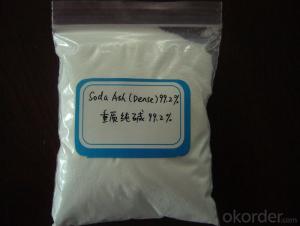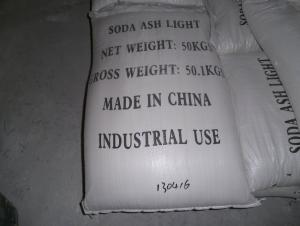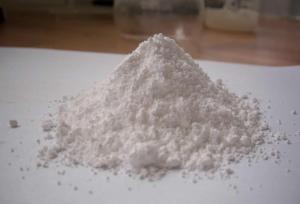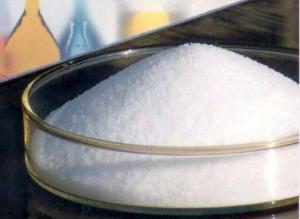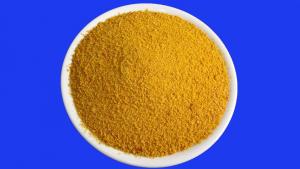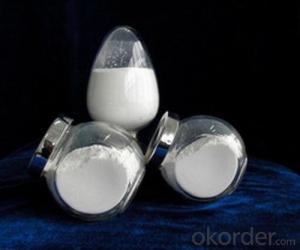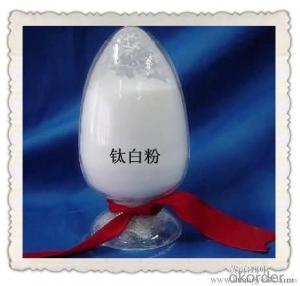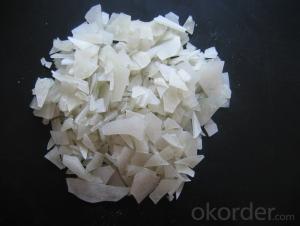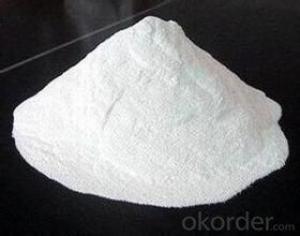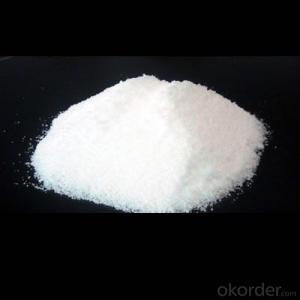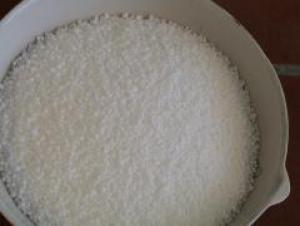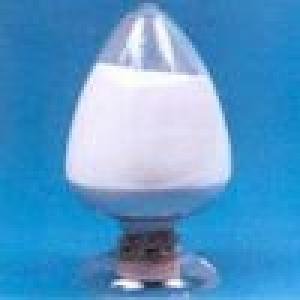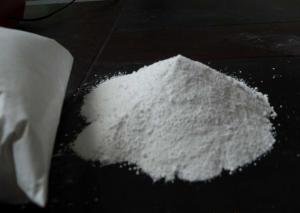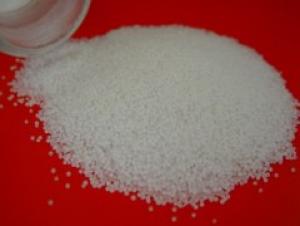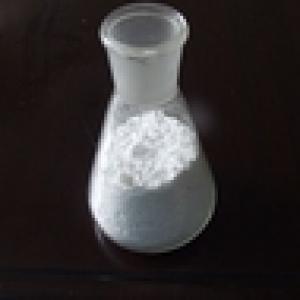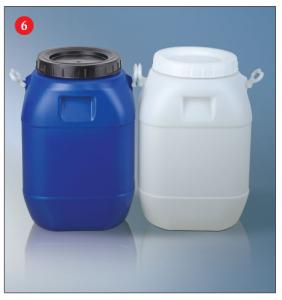Soda Ash with Lower Price and High Quality
- Loading Port:
- China Main Port
- Payment Terms:
- TT or LC
- Min Order Qty:
- -
- Supply Capability:
- -
OKorder Service Pledge
OKorder Financial Service
You Might Also Like
1. Structure of Soda Ash Description:
CAS NO.: 497-19-8
MF: Na2CO3
Grade Standard: Industrial Grade
Standard:GB210-92
1. It is a granulated powder – which can be nice for scrubbing stains and stuck-on-gunk off of dishes. Think of scouring powder, but made out of hydrogen peroxide. It can be made into a paste, too, and used on tile grout and tough stains.
2. It is easy to carry around -- say, to a laundromat – because of its dry powder form. In fact, laundry products are one of the big applications of sodium percarbonate.
3. It’s cheap. Really cheap: a few dollars for a little tub of it. The recommended amounts are small, it is very concentrated.
4. It is easier to ship than 35% peroxide, since it is not a “hazardous material” for shipping purposes, at least in small quantities. (This is confusing – I’ve seen at least one source that does ship larger quantities, over a couple of pounds, as a hazardous material. I’m not convinced that this is a general practice. I think it is generally shipped as usual, not as a hazardous material. I'm thinking that "pure" sodium percarbonate requires hazardous materials shipping. I'll update this when I know for sure what the distinction is.)
5. It is less likely to splash and spill than liquid peroxide, so it is safer to work with. One does still need to be careful with it, but mostly once it is mixed into water.
3.Soda Ash Images



4.Soda Ash Specification
Item | Soda Ash Dense | Soda Ash Light |
Index | Index | |
Total alkali(quality fraction of Na2CO3 dry basis) | 99.2% min | 99.2% min |
NaCI (quality fraction of NaCI dry basis) | 0.70% max | 0.70% max |
Fe quality fraction (dry basis) | 0.0035% max | 0.0035% max |
Sulfate(quality fraction of SO4 dry basis) | 0.03% max | 0.03% max |
Water-fast substance in quality fraction | 0.03% max | 0.03% max |
Accumulation density(g/ml) | 0.90% min | |
Particle size, 180 µ m sieving residue | 70.0% min |
5.FAQ
1)How many tons does your factory can supply each moth?
30000tons/month
2)How to quarantee the quality of the products?
you can arrange SGS&BV or other quality inspection.
3)How many days you need to pepare the cargo after we made the order?
within 30 days.
- Q: What to eat can promote the absorption of inorganic salts
- The active transport of the carrier consumes energy, while the respiration provides its energy
- Q: Several kinds of inorganic salt food sources?
- Pepper, bamboo, bamboo, seaweed, lily, nuts, bread, dairy, beans, seaweed, kelp, kelp, Olives, cauliflower, amaranth, shepherd's purse, salted egg, noodles, fermented bean curd, tempeh, spinach, amaranth, spinach, coriander, fruit
- Q: Definition of inorganic salts
- There are about 21 kinds of elements which have important physiological functions in the body. Among them, calcium, magnesium, potassium, sodium, phosphorus, sulfur and chlorine are more and more, and the amount of inorganic compounds is more Iron, copper, iodine, zinc, manganese, selenium, fluorine, chromium, nickel, molybdenum, silicon, tin, vanadium and cobalt content is extremely small, called trace elements .2, inorganic compounds in the general name of the salt. Formerly known as "minerals." Some elements of inorganic salts for the human essential nutrients, including potassium, sodium, calcium, phosphorus, iron, iodine and other 20 kinds of elements. With the maintenance of cells and liquid normal osmotic pressure, maintenance of neuromuscular excitement As a variety of acid system activator; constitute the ester of the base; hormones, vitamins, nucleic acid composition and regulate the body's acid and alkali balance and other important physiological functions. Increased or lack of disease, such as hyperkalemia, The explanation of the "inorganic salts" in the academic literature
- Q: Seaweed, kelp, shrimp and other seafood, the content is more of the kind of inorganic salts
- Iodine is an important material for the synthesis of thyroid hormones, the body long-term iodine deficiency will affect the thyroid hormone synthesis and thyroid development, will be endemic goiter, that is, big neck disease. Kelp, seaweed and other marine algae are rich in iodine, so eat kelp, seaweed and other iodine-rich foods can prevent big neck disease
- Q: I had asked a similar question on GC operation last week, but for different kinds of compounds.For my biochem research project at school, I'm testing the ability of a species of bacteria to biodegrade alcohols found in gasoline (methanol, ethanol, isopropyl, tert-butyl and cyclohexanol). The bacteria is growing in a solution of minute amounts of alcohols and Mineral Medium, which is basically just water and dissolved inorganic salts (CaCl2, KH2PO4, NH4NO3 and MgSO4).I know GC's are primarily used to separate organic mixtures. Can a GC separate organic compounds dissolved in salt water? Is it safe to put salt water in a GC? Or would I have to do an extraction to separate the alcohols and run the organic extract through the GC?
- Do not let salts enter the GC. You will have to perform an extraction step and run that. Salts can precipitate in the column or degrade into reactive species that can corrode the GC. Water is OK since it will not destroy the column (I've run aqueous solutions before), but salts are not.
- Q: How to extract inorganic salts in soil?
- Find a piece of mud, with water, filter out the permeate, filter with filter paper. The liquid was placed in a beaker and dried to obtain white crystals
- Q: The application of various inorganic salts in the human body?
- All tissues of the human body contain strontium, is also the main component of bone and teeth, mainly gathered in the ossification of the place, can be strong bones.
- Q: A. food gathering and digestion B. photosynthesis and diatom structures C. reproduction and osmosis D. wave and current motions
- its not a so try b or c those 2 are the most likely to be the right answers
- Q: What is the acid anhydride?
- An acid anhydride is defined as the removal of a molecule of water from an acid, and the remainder is called the acid anhydride of the acid. General inorganic acid is a molecule of the acid, the direct loss of a molecule of water to form the acid anhydride, the acid anhydride to determine the acid value of the same price. While the organic acid is two molecules of the acid or more
- Q: Please tell in your own language how water and inorganic salts are transported from the soil to the leaves.
- The roots of plants are usually divided into roots, lateral, small roots, small roots (roots, roots and roots) for the absorption of roots, the absorption of roots from the soil to absorb water and inorganic salts, through the transport organization to reach the xylem of the catheter, through The ducts are delivered to the various organs of the plant (including the leaves).
Send your message to us
Soda Ash with Lower Price and High Quality
- Loading Port:
- China Main Port
- Payment Terms:
- TT or LC
- Min Order Qty:
- -
- Supply Capability:
- -
OKorder Service Pledge
OKorder Financial Service
Similar products
Hot products
Hot Searches
